MISSOURI CAVES IN HISTORY AND LEGEND
PROJECT SPONSORS
Missouri Center for the Book
Western Historical Manuscript Collection University of MissouriColumbia
SPECIAL THANKS
Christine Montgomery, State Historical Society of Missouri, Columbia
Judy Holmes, Lyons Memorial Library, College of the Ozarks
MISSOURI HERITAGE READERS
General Editor, Rebecca B. Schroeder
Each Missouri Heritage Reader explores a particular aspect of the states rich cultural heritage. Focusing on people, places, historical events, and the details of daily life, these books illustrate the ways in which people from all parts of the world contributed to the development of the state and the region. The books incorporate documentary and oral history, folklore, and informal literature in a way that makes these resources accessible to all Missourians.
Intended primarily for adult new readers, these books will also be invaluable to readers of all ages interested in the cultural and social history of Missouri.
OTHER BOOKS IN THE SERIES
Arrow Rock: The Story of a Missouri Village, by Authorene Wilson Phillips
Blind Boone: Missouris Ragtime Pioneer, by Jack A. Batterson
Called to Courage: Four Women in Missouri History, by Margot Ford McMillen and Heather Roberson
Catfish, Fiddles, Mules, and More: Missouris State Symbols, by John C. Fisher
Five Stars: Missouris Most Famous Generals, by James F. Muench
Food in Missouri: A Cultural Stew, by Madeline Matson
George Caleb Bingham: Missouris Famed Painter and Forgotten Politician, by Paul C. Nagel
German Settlement in Missouri: New Land, Old Ways, by Robyn Burnett and Ken Luebbering
Hoecakes, Hambone, and All That Jazz: African American Traditions in Missouri, by Rose M. Nolen
Immigrant Women in the Settlement of Missouri, by Robyn Burnett and Ken Luebbering
Into the Spotlight: Four Missouri Women, by Margot Ford McMillen and Heather Roberson
Jane Froman: Missouris First Lady of Song, by Ilene Stone
Jesse James and the Civil War in Missouri, by Robert L. Dyer
Jessie Benton Frmont: Missouris Trailblazer, by Ilene Stone and Suzanna M. Grenz
M. Jeff Thompson: Missouris Swamp Fox of the Confederacy, by Doris Land Mueller
Missouri at Sea: Warships with Show-Me State Names, by Richard E. Schroeder
On Shaky Ground: The New Madrid Earthquakes of 18111812, by Norma Hayes Bagnall
Orphan Trains to Missouri, by Michael D. Patrick and Evelyn Goodrich Trickel
The Osage in Missouri, by Kristie C. Wolferman
Paris, Tightwad, and Peculiar: Missouri Place Names, by Margot Ford McMillen
Quinine and Quarantine: Missouri Medicine through the Years, by Loren Humphrey
A Second Home: Missouris Early Schools, by Sue Thomas
The Trail of Tears across Missouri, by Joan Gilbert
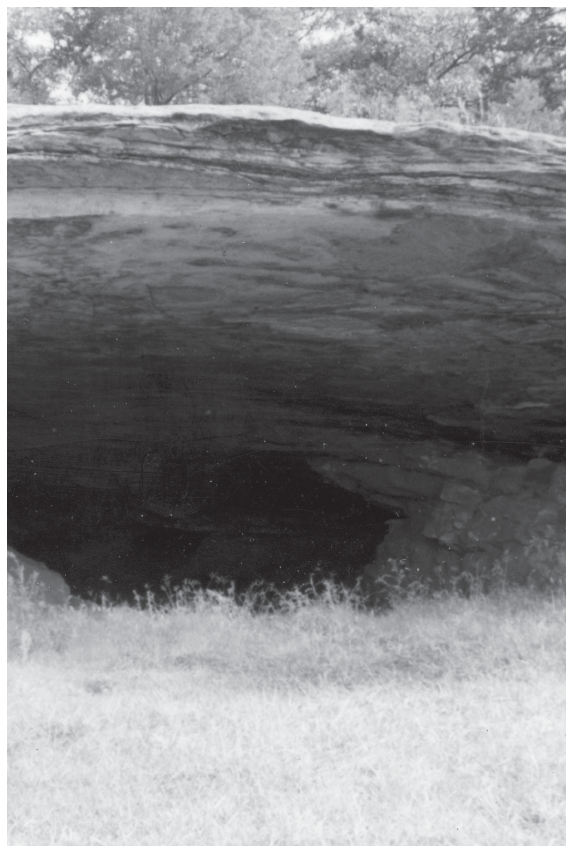
Copyright 2008 by
The Curators of the University of Missouri
University of Missouri Press, Columbia, Missouri 65201
Printed and bound in the United States of America
All rights reserved
5 4 3 2 1 12 11 10 09 08
Library of Congress Cataloging-in-Publication Data
Weaver, H. Dwight.
Missouri caves in history and legend / H. Dwight Weaver.
p. cm.
Summary: Examines the historical and cultural significance of Missouri caves, describing ways that people have used them historically for shelter, cold storage, burials, moonshine stills, mining, and even as hideouts for Civil War soldiers and outlaws including Jesse James. Describes growing public appreciation and conservation of these unique and beautiful resourcesProvided by publisher.
Includes index.
ISBN 978-0-8262-1778-3 (alk. paper)
1. CavesMissouriHistory. 2. SpeleologyMissouri. 3. CavesSocial aspectsMissouriHistory. 4. MissouriHistory, Local. 5. MissouriHistoryAnecdotes. 6. MissouriBiographyAnecdotes. 7. LegendsMissouri. 8. FolkloreMissouri. I. Title.
GB605.M8W43 2008
551.44'709778dc22
2007037350
 This paper meets the requirements of the American National Standard for Permanence of Paper for Printed Library Materials, Z39.48, 1984.
This paper meets the requirements of the American National Standard for Permanence of Paper for Printed Library Materials, Z39.48, 1984.
Designer: Stephanie Foley
Typesetter: Foley Design
Printer and binder: Thomson-Shore, Inc.
Typefaces: Blackbeard and ITC New Baskerville
ISBN-13: 978-0-8262-6645-3 (electronic)
To the organized cavers of Missouri, without
whose fifty years of dedicated efforts to
locate and survey the caves of Missouri we
would not have a legacy of more than 6,200
recorded caves;
and
To the show cave developers of Missouri,
who have made it possible for everyone to
journey underground and enjoy the wonders
and curiosities of the Cave State.
PREFACE
From Ash to Buzzard to Counterfeit, Missouris varied noncommercial and commercial caves are as endless as the times; as changing as the scenery; as ageless as the Elephant Rocks. Some you have heard about and probably visited. The names and locations of others would come as a surprise to most. And some say there are as many as 350 recorded caves in the Show-Me State!
Missouri News Magazine (Missouri Division of Resources and Development), 1957
Today, anyone with a computer and an Internet hookup can go online and within a few minutes learn more about half a dozen Missouri caves than was known about all the caves in the state fifty-five years ago. I know because when I was growing up I was hungry for such information and it simply didnt exist. Neither did the home computer or the Internet.
My introduction to Missouri caves came in 1945 at the age of seven when my parents took me to see Mark Twain Cave at Hannibal. We lived at Hannibal for several years before moving to central Missouri. During those years my father got permission to take me on a spelunking (caving) trip into the undeveloped portions of Mark Twain Cave. We also got to explore Cameron Cave, which honeycombs the hill on the opposite side of the valley in which Mark Twain Cave is located.
To say that I became hooked on caves as a result of those adventures would be an understatement. Those cave trips were importantbecause they filled me with a passion for cave exploration and study that became a large part of my life for the next fifty-five years.

But it wasnt until I was old enough to get a drivers license that I could really begin to try to quench my thirst for caves. My father took me caving only occasionally, but once I had a drivers license and a car, I was off into the hills of central Missouri almost every weekend with my buddies, looking for caves. Caves seemed to be just about everywhere. My favorite areas were the sinkhole regions in Boone County, which are now Rock Bridge Memorial State Park and the Three Creeks Conservation Area. I developed my spelunking skills in two of central Missouris largest and most spectacular wild cavesthe Devils Icebox and Hunters Cave.
From 1945 to 1955, I discovered that caves and the creatures thatuse them did not receive much respect from most adults in that day and age. They said caves were dark, wet, cold, muddy, worthless holes in the ground. Caves were full of bats, which many people feared and thought were better off dead than alive. Adults said caves were where you would find poisonous snakes lying in wait for you, where a person could get lost, and where the cave ceiling might collapse and bury you alive. Never mind that these impressions were, for the most part, untrue. Such beliefs were very common, and I certainly could not disprove them, because there seemed to be no reliable and easily obtained information on Missouri caves.

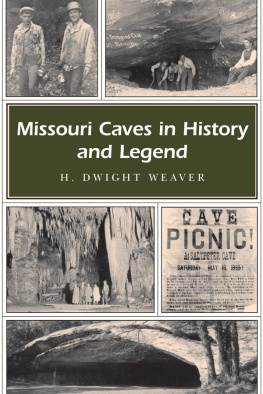





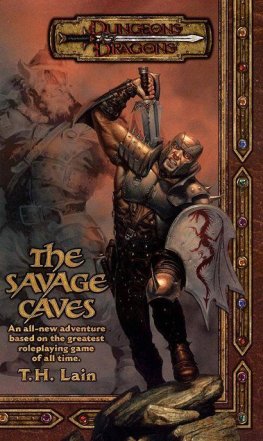

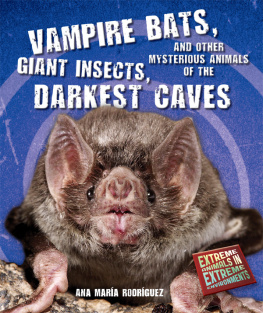

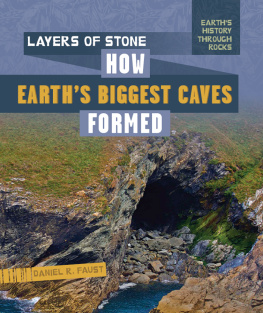
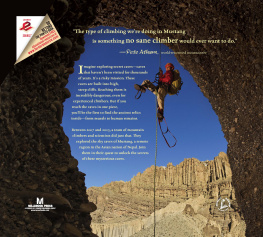





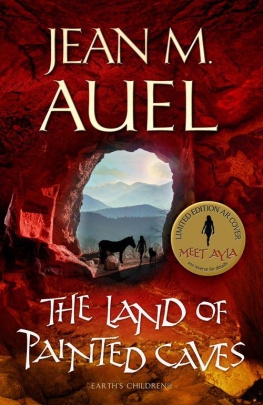


 This paper meets the requirements of the American National Standard for Permanence of Paper for Printed Library Materials, Z39.48, 1984.
This paper meets the requirements of the American National Standard for Permanence of Paper for Printed Library Materials, Z39.48, 1984.